Magellanic Plover (Pluvianellus socialis) is one of Patagonia’s endemic shorebirds. This small bird breeds exclusively in southern Chile and Argentina, in highly specific habitats, making sightings quite a challenge. Unfortunately, its population is in decline. In this article, you'll learn more about its biology and conservation status. The information comes from conversations with researchers and naturalist guides who have been studying this elusive species for a long time.
A Plover with a Pigeon-Like Appearance
Magellanic Plover belongs to the order Charadriiformes and is the only species in the family Pluvianellidae. It is characterized by its gray plumage, short bill, pinkish legs, and red-colored iris. Its silhouette is strikingly similar to that of a pigeon, and genetic studies have revealed that it is taxonomically related to the Snowy Sheathbill (Chionis albus).
Patagonia: The Breeding Grounds of the Magellanic Plover
Patagonia is a must-visit destination for birdwatchers, and the Magellanic Plover is among its most sought-after species. Pablo Gutiérrez, a member of the Chilean Wildlife Observers Network (ROC), explains, “This species breeds in the Magallanes region of Chile and in Santa Cruz, Argentina. In autumn and winter, it migrates to coastal areas in Tierra del Fuego and along the Atlantic coast as far north as Buenos Aires province.”
This plover is a resident migrant: during spring and summer, it breeds in the Patagonian steppe, then leaves its breeding grounds in autumn and winter, forming flocks along the coast. Some studies suggest that Tierra del Fuego’s coastline could be a key feeding site during migration.
Sebastián Saiter, a Patagonian naturalist guide and member of the Agrupación Ecológica Patagónica, adds, “The first pairs may form between July and August, laying eggs in September. The first chicks appear between late September and early October, and in some cases, the breeding season can extend into summer.”
Has the Magellanic Plover Population Been Overestimated?
For years, the estimated population of this species ranged between 1,500 and 7,000 individuals, suggesting some level of stability. However, a recent study led by the organization Ambiente Sur suggests these numbers were overestimated.
The latest surveys across its entire range have revealed an alarming reality: fewer than 300 individuals have been recorded. This is a critical number, considering that over 80% of its habitat was surveyed, according to researcher Pablo Gutiérrez.
Ricardo Matus, an ornithologist and researcher at the Leñadura Bird Rehabilitation Center, states, “The population has always been small, but the disappearance of some saline lagoons in Tierra del Fuego has worsened the situation. The Magellanic Plover’s high specialization in this type of habitat significantly limits its ability to recover.”
Due to this drastic population decline, the species is now classified as “Endangered” in Chile and “Vulnerable” by the International Union for Conservation of Nature (IUCN).
Habitat and Threats
The Magellanic Plover breeds along the shores of shallow saline or alkaline lakes and lagoons, characteristic of the Patagonian steppe. These lagoons, with shores rich in salt deposits, are essential for its nesting.
Pablo Gutiérrez and Ricardo Matus identify three main threats affecting its population:
1. Desiccation of saline lagoons – Climate change has reduced the availability of these crucial breeding habitats.
2. Extensive livestock farming – The presence of sheep and cattle in breeding areas can lead to nest trampling and displacement of the species.
3. Green hydrogen development – The construction of large wind farms in the Magallanes steppe could alter its habitat and increase the risk of collisions with wind turbines.
Searching for the Magellanic Plover
Spotting this elusive bird is no easy task, but with patience and knowledge of its habitat, it is possible. Sebastián advises taking precautions when entering its breeding grounds, as eggs and chicks can be difficult to spot. Additionally, understanding adult behavior can provide key clues about their presence.
The Patagonian weather adds another layer of difficulty: strong winds can make observation challenging. As Sebastián notes, “Searching for this species in intense wind makes walking exhausting and holding binoculars or a camera quite difficult.”
An Uncertain Future
Magellanic Plover is a symbol of Patagonia, yet its future remains uncertain. The combination of environmental threats and a drastic population decline calls for urgent conservation measures. Research, habitat protection, and raising awareness about its plight are essential steps to ensure the survival of this unique species.



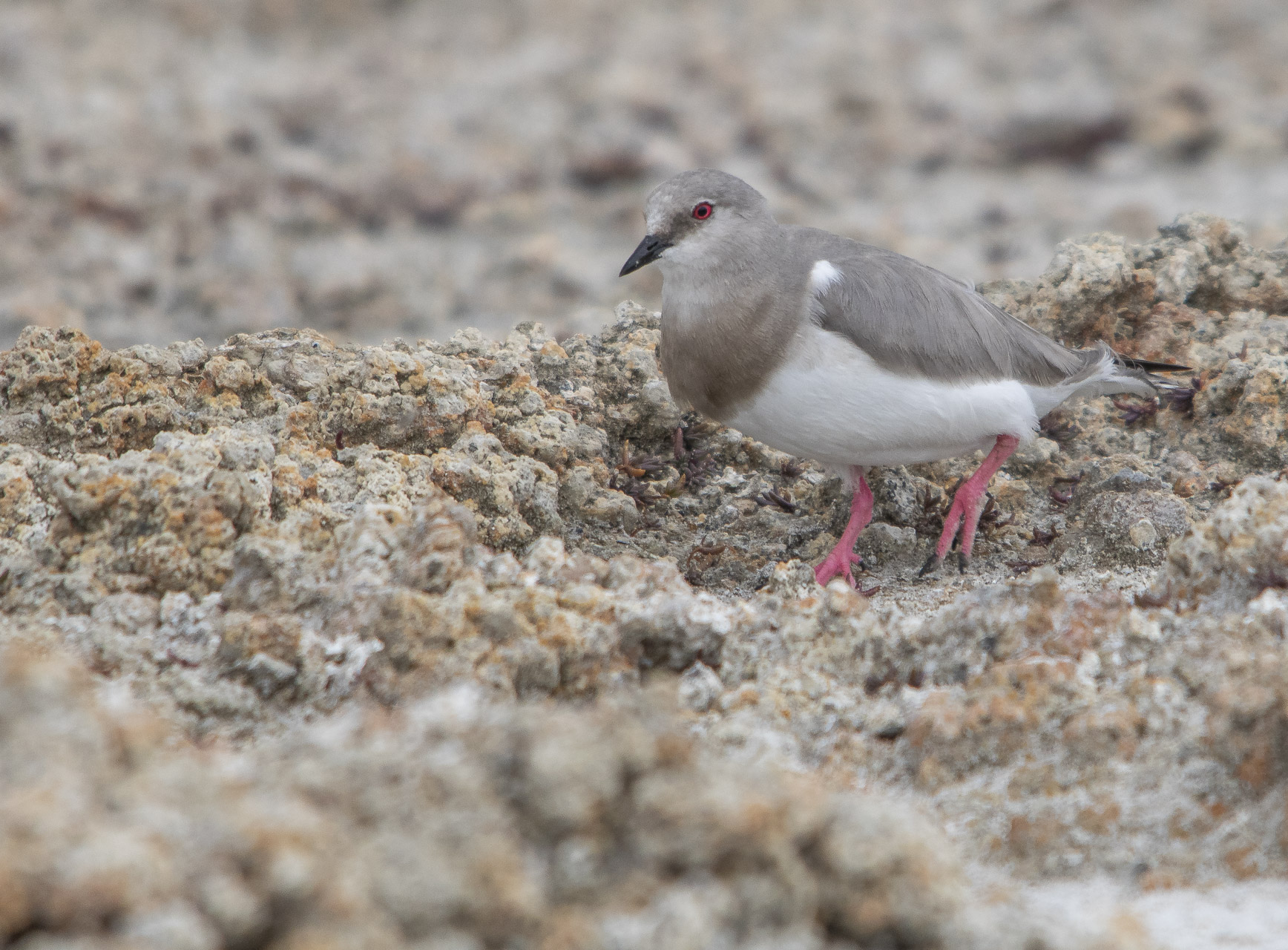

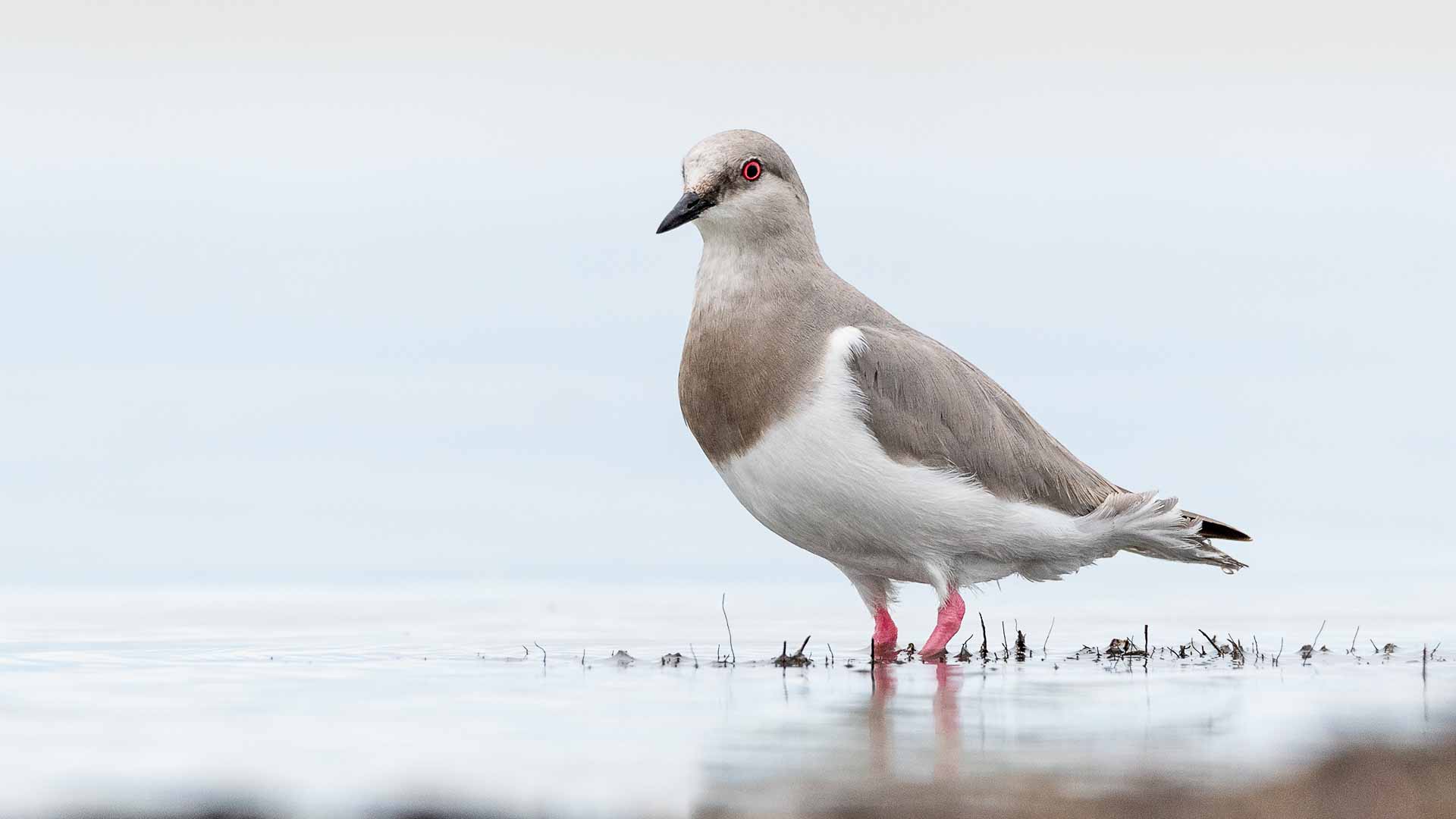
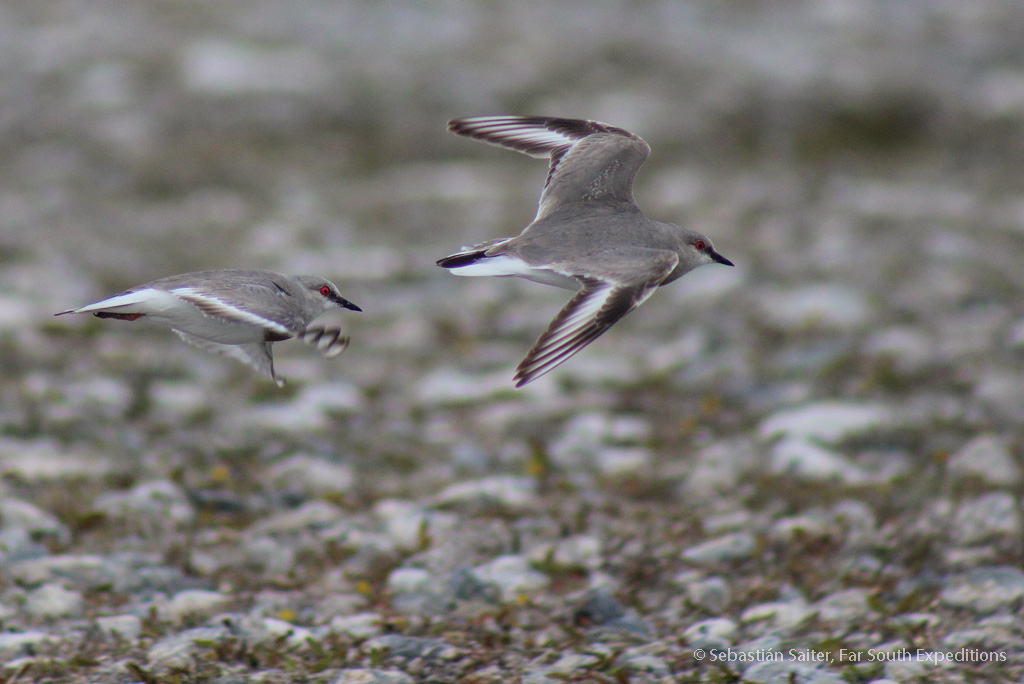

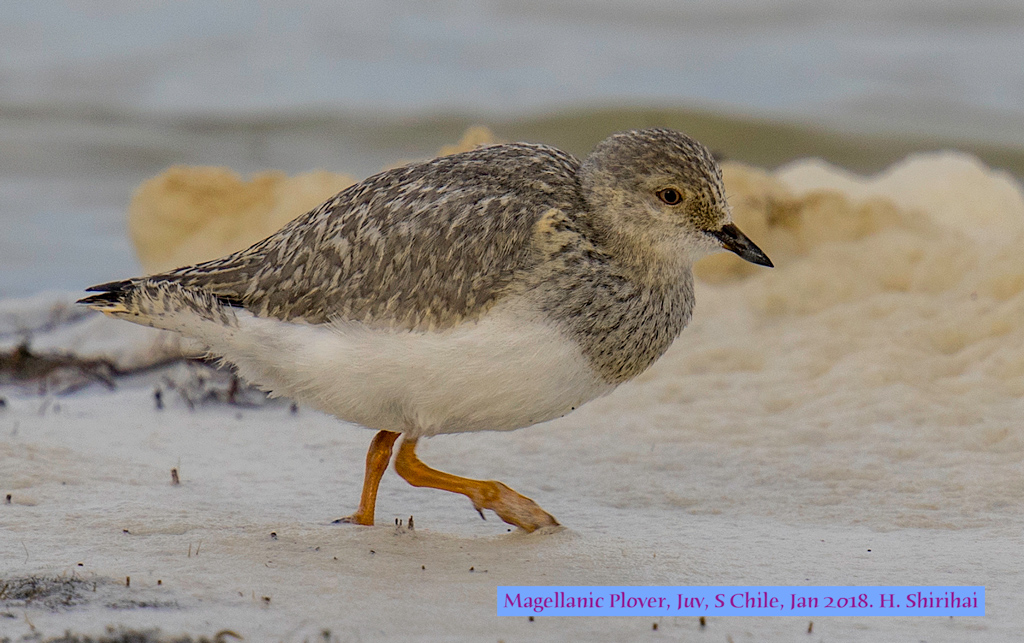
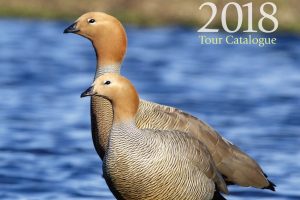

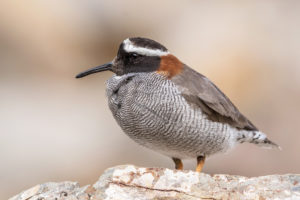
Leave a Reply
Your email is safe with us.